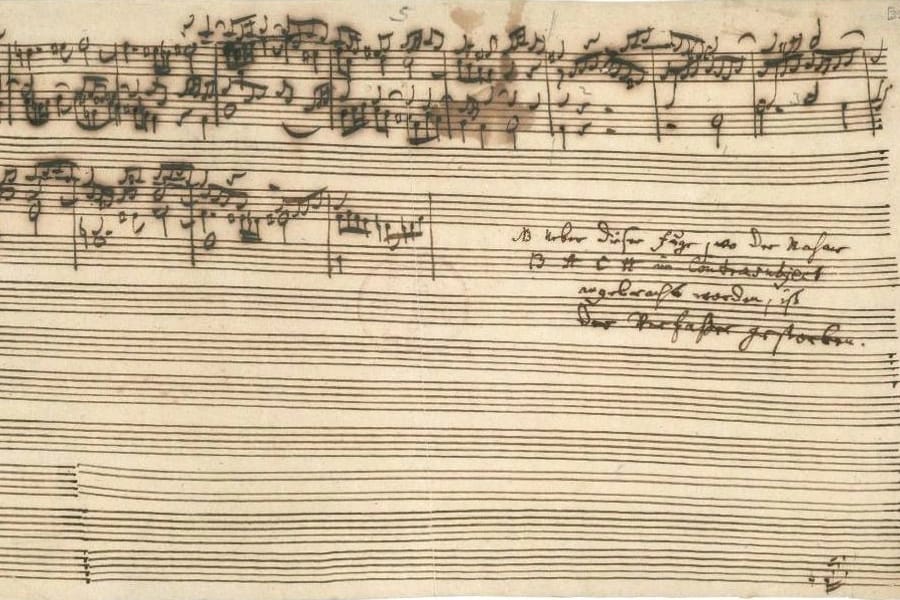
articles / Pop Culture
Works That Were Never Finished

There are many Unfinished Works in the world of Classical music, for many reasons… whether they were put off to be completed later, abandoned as unworthy, or in some cases, left behind after the composer’s death. Depending on how decipherable sketches were, some of them have been completed, and others stand as they were written, even trailing off into a single final note, as in J.S. Bach’s Art of Fugue.
Perhaps the most obvious example is the Symphony that has the nickname “Unfinished” – Franz Schubert’s work that, despite the name, has two complete movements – which are played that way in concert performances. It’s only because it’s the ‘front end’ of the expected form (and because sketches exist for the remaining two movements) that it goes by that name. Even though he died very young, Schubert lived for several more years after leaving that work behind – so it wasn’t something he was working on as death approached. Likewise, the manuscript of the final movement of Bach’s Art of Fugue trails off as though it was his final act, but he was dictating revisions to the complicated set of fugues after his sight failed him.
Puccini’s final opera, Turandot, was only completed through half of the third act – ironically just as the slave girl Liu’s dead body is taken off stage by the chorus – and although at the premiere an ending existed, (written by Franco Alfano, based on Puccini’s sketches) conductor Arturo Toscanini put down his baton, and told the audience at La Scala “Here the Maestro laid down his pen…” But what happens when there isn’t that kind of a line of demarcation? Mozart’s Requiem remained unfinished at the time of his death (Amadeus on stage and screen notwithstanding) and the job of completing it fell to his student, Franz Xaver Sussmäyr. But Mozart had only completed about a third of it, with sketches for choral parts, and other clues for various movements as a starting point. There have been several other notable efforts to complete it, including by musicologist Robert Levin, who’s been a scholar of Mozart’s work and musical voice for decades.
Sometimes the composer doesn’t want to release work into the world, and would rather have it destroyed – such was the case of Jan Sibelius, who after several years of working on a planned Eighth Symphony, promising it to conductor Serge Koussevitsky and the Boston Symphony Orchestra fed the manuscript to the fire. It was only comparatively recently that musicologists discovered tantalizing sketches in the Finnish National Library’s collection of Sibelius’s papers that date from the time he was working on the piece. Fragments were recorded by the Helsinki Philharmonic Orchestra, although they haven’t been released yet on disc.






